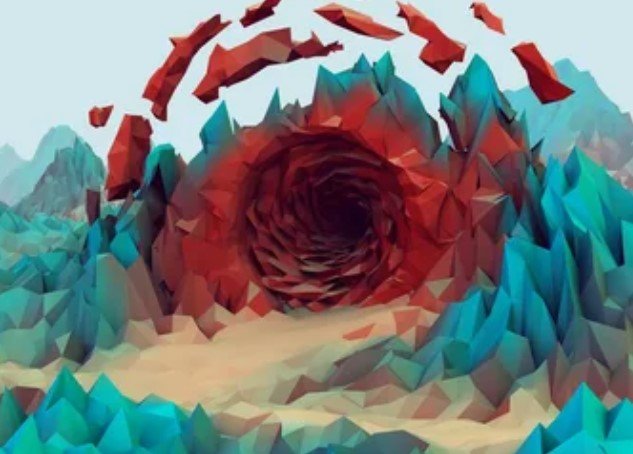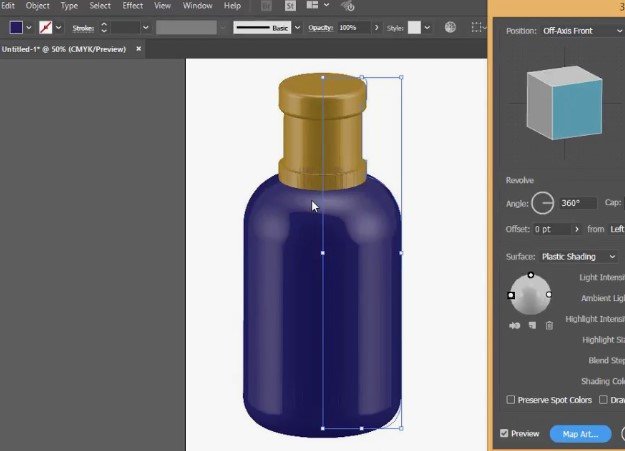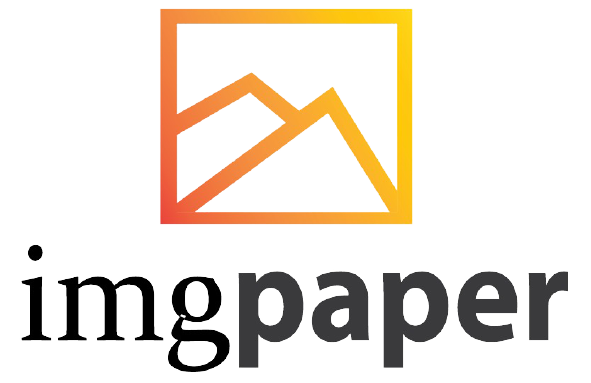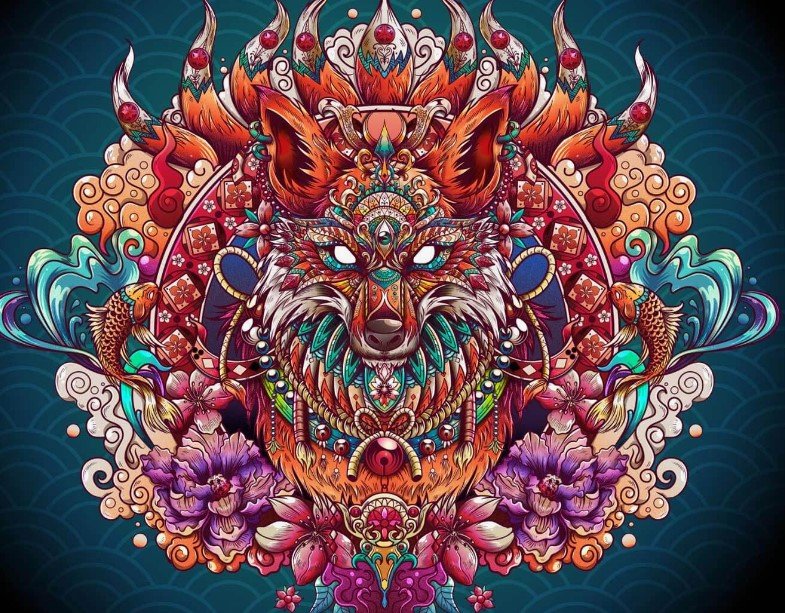Adobe Illustrator 3D allows users to create 3D objects and add lighting, materials, and textures to them. With a user-friendly interface, it provides a variety of tools to bring design ideas to life.
Adobe Illustrator 3D is a powerful tool for designers to create 3D objects and add lighting, materials, and textures to them. It provides a variety of features and tools to bring design ideas to life. The software is user-friendly, with a simple interface that makes it easy to navigate.
From creating simple shapes to complex designs, Adobe Illustrator 3D is a must-have tool for any designer looking to take their work to the next level. This software is perfect for creating professional digital portfolios, preparing designs for print or web, and much more. Whether you’re a beginner or an experienced designer, Adobe Illustrator 3D is a great choice for creating stunning 3D designs.
Table of Contents

What is Adobe Illustrator 3D?
Adobe Illustrator 3D design allows users to create stunning three-dimensional graphics and illustrations. Whether you are a beginner or a professional designer, mastering Adobe Illustrator 3D can enhance your design projects. In this blog post, we will explore the features and benefits of Adobe Illustrator 3D and how you can utilize this tool for your creative endeavors.
Adobe Illustrator 3D is a powerful tool that enables users to create three-dimensional objects and scenes within the software. It offers a range of features, such as object manipulation, lighting effects, and material options, to bring depth and realism to your designs. With Adobe Illustrator 3D, designers can unleash their creativity and produce visually appealing artwork.
Benefits Of Using Adobe Illustrator 3D
1. Enhanced Design Capabilities: Adobe Illustrator 3D provides users with advanced design capabilities to create intricate 3D graphics.
2. Efficient Workflow: The intuitive interface and tools in Adobe Illustrator 3D streamline the design process, making it efficient for users.
3. Versatility: Users can explore various styles and effects to achieve unique and diverse 3D designs using Adobe Illustrator.
Adobe Illustrator 3D Free Download
If you are looking to get started with Adobe Illustrator 3D, you can access a free download of the software from Adobe’s official website. The free version allows users to explore the basic features of Adobe Illustrator 3D and experiment with creating 3D objects.
Creating Basic 3D Shapes
Learn how to work with Adobe Illustrator 3D and create basic 3D shapes effortlessly.

Adding 3D Extrude And Bevel Effects
In Adobe Illustrator, adding 3D extrude and bevel effects can enhance the appearance of your shapes. You can adjust the depth and angle of extrusion to create various effects.
Adjusting 3D Object Settings
When working with 3D objects, it’s crucial to fine-tune the settings. You can modify the lighting, shading, and rotation of the objects to achieve the desired visual impact.
Advanced 3D Techniques
Adobe Illustrator 3D allows for advanced 3D techniques, providing designers with a plethora of creative possibilities. In this blog post, we will explore key aspects of Adobe Illustrator 3D, focusing on creating custom 3D shapes, applying materials and textures, and using lighting and shadows to enhance designs.
Creating Custom 3D Shapes
When working with Adobe Illustrator 3D, designers can create unique, custom 3D shapes by utilizing various tools and techniques. By manipulating anchor points, paths, and shapes, users can craft intricate and bespoke 3D objects with precision and detail.
Applying Materials And Textures
To enhance the realism of 3D objects, designers can apply materials and textures in Adobe Illustrator 3D. By selecting from a range of predefined materials or creating custom textures, users can add depth and visual interest to their designs, making them stand out and captivate viewers.
Using Lighting And Shadows
The strategic use of lighting and shadows can elevate the overall look of 3D designs in Adobe Illustrator. By adjusting light sources, shadows, and ambient lighting settings, designers can create dramatic effects and highlight specific elements within their compositions, resulting in visually compelling artwork.
Tips And Tricks
Adobe Illustrator 3D allows users to create stunning 3D designs and illustrations. In this blog post, we will explore some valuable tips and tricks for mastering Adobe Illustrator 3D modeling. Whether you want to make a flat image look 3D in Illustrator or are looking to enhance your 3D design skills, these tips will help you unleash your creativity.
Working With Layers
When creating 3D designs in Adobe Illustrator, it’s essential to organize your artwork with layers. By utilizing layers effectively, you can easily manage different elements of your design and make necessary adjustments without affecting the entire composition. This approach ensures a smooth workflow and allows for efficient editing and refining of your 3D designs.
Using The Appearance Panel For 3D Effects
The Appearance Panel in Adobe Illustrator is a powerful tool for applying and managing 3D effects. By leveraging the capabilities of the Appearance Panel, you can add depth and dimension to your artwork, create realistic shadows and highlights, and experiment with various textures and materials. This feature enables you to achieve professional-looking 3D effects that enhance the visual impact of your designs.
Using The Perspective Grid
Adobe Illustrator’s Perspective Grid tool provides a precise framework for creating accurate 3D illustrations. By utilizing the Perspective Grid, you can establish realistic spatial relationships within your designs, ensuring that objects maintain correct perspective and proportion. This feature empowers you to construct compelling 3D scenes and environments with ease, allowing for immersive and captivating visual storytelling.

Exporting And Using 3D Objects
Adobe Illustrator 3D allows users to create and manipulate 3D objects and scenes. In this blog post, we will explore the process of exporting and using 3D objects in Adobe Illustrator.
Exporting 3D Objects For Printing And Web
When working with 3D objects in Adobe Illustrator, you can export them for printing or web use. To export for printing, ensure that the 3D object is properly positioned and scaled. For web use, consider optimizing the file size and format for web compatibility. Exporting 3D objects involves adjusting settings for print or web and optimizing file formats.
Importing 3D Objects Into Other Programs
Adobe Illustrator allows you to import 3D objects into other programs for further editing or integration into different projects. When importing 3D objects, ensure compatibility with the target program and consider any necessary adjustments for seamless integration. Importing 3D objects into other programs involves ensuring compatibility and making necessary adjustments for seamless integration. “`
Conclusion
Adobe Illustrator 3D offers a powerful set of tools for creating stunning 3D designs. With its intuitive interface and extensive features, users can easily elevate their design projects to new heights. Whether it’s creating intricate shapes or adding realistic lighting effects, Illustrator 3D empowers designers to bring their visions to life with precision and creativity.

